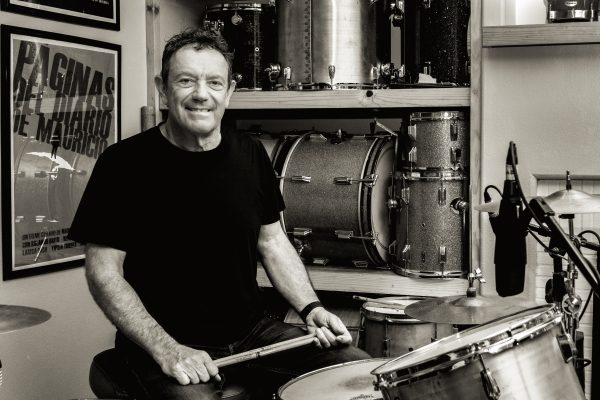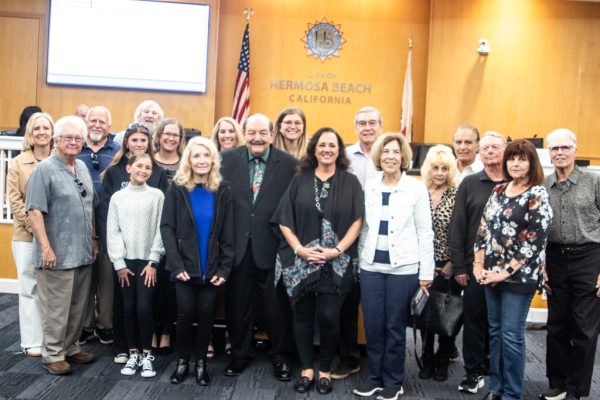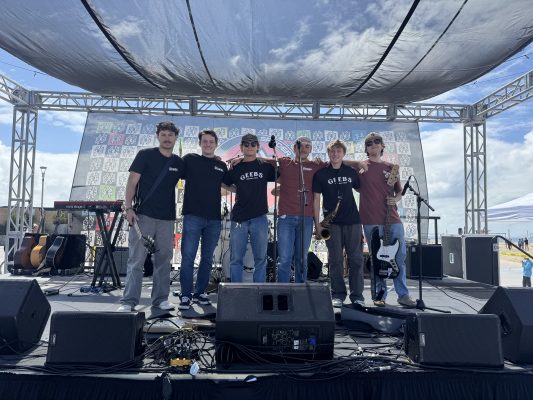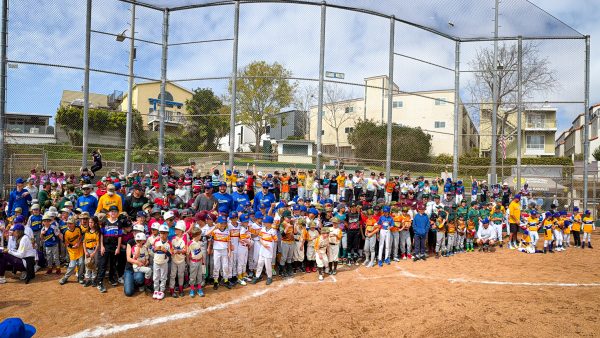
“George is back,” said a triumphant Councilman Pat Aust, who helped organized the “Friends of Freeth” community effort to restore Freeth to his rightful place at the pier.
Freeth is credited with introducing surfing to Southern California after he arrived in Redondo Beach in 1907 from his native Hawaii, where he had helped revive “the ancient sport of kings.” Freeth also founded the first lifeguards, thereby allowing beachgoers to enjoy the ocean recreationally for the first time, and making possible the beach culture that would eventually flourish in California. He was awarded a Congressional Gold Medal after single-handedly saving seven fishermen after a boat wreck off the Venice pier in 1908.
Aust noted that Freeth arrived in Redondo Beach with no fanfare and little money yet forever changed Southern California.
“He was a man who came here with only a suitcase,” Aust said. “He was here to save lives, and to bring the traditions of Hawaii to California.”
His accomplishments were largely unsung after he died penniless at the age of 36 in 1919 during the great influenza pandemic.
Redondo remembered. In 1977, the town that Freeth had made his mainland home commissioned a bust in his honor by local sculptor Terry O’Donnell. In the two decades since, the Freeth bust had become a source of pilgrimage for watermen around the world. After O’Donnell passed away in 2007, it also became a memorial of sorts for the sculptor, who left behind no tombstone after being buried at sea.
The theft of the bust came as a shock to the community. Body Glove co-founder Bob Meistrell offered a $5,000 reward to no avail. The community rallied instead to replace the sculpture.
A mold of the original was located, kept by the Redondo Beach Historical Society, whose members were at the forefront of “Friends of Freeth.” Last year, a fundraiser was held at Starboard Attitude on the pier with the goal of raising $12,000 of the estimated $22,000 needed to remake the sculpture. More than $21,000 was raised that night, including $8,400 by Meistrell, who auctioned four trips on his Body Glove yacht Disappearance. Meistrell also collected more than 1,500 pounds of scrap metal from the community, which was sold to further fund the project.
“People really stepped up to the plate,” Meistrell said. “George Freeth means a lot to the South Bay, and he deserves all the credit he got.”

Meistrell said that one of the people who contributed metal asked that only two small pieces be saved – so he could make two bullets to “shoot the bastards” who stole the original bust.
“Don’t screw around with the community in Redondo Beach!” Meistrell said.
O’Donnell’s daughter, Kelly O, who is also a sculptor, led a team that included former colleagues of O’Donnell’s from El Camino in remaking the bust.
El Camino historian Arthur Verge, the leading academic authority on Freeth’s life, called the effort “a miracle in the making.” The unveiling occurred just a day before Freeth’s birthday, Nov. 8, 1883. Verge said that Freeth, who proudly and publically wore his gold medal, would have enjoyed the recognition.
“If he could have been here today, I think he would have said, ‘For your tomorrows, I give you my today,’” Verge said.
Aust said the timing of the unveiling was significant for the city, as well. Earlier last week, the community passed Measure G, new waterfront zoning that city leaders hope presages a revitalized waterfront. Aust said that Freeth’s return is symbolic of the city’s own resurgence.
“This is just the first step in revitalizing this pier,” he said. “This is the kick-start. Now we are going to make things better – not bigger, better.” ER










